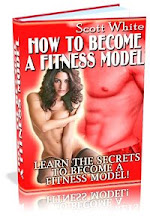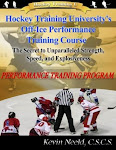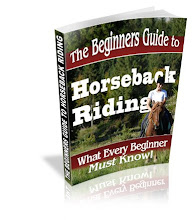Today is the fourth part of the letter from Al Steel, the Self-Defense Trainer who allowed me to pass it to my friends.

Mistake 8 - ALLOWING YOURSELF TO BE BULLIED
Getting bullied is one of the most FRUSTRATINGthings if you don't know what to do about it. But here's where the problem lies: If people bully you ... it's YOUR fault! A bullyhas not just singled you out because he doesn't likeyou or is jealous. That's just a motive or a reason for someone tobully you ... but it's not the TRIGGER! What gives a bully the go ahead is YOU ALLOWING ITTO HAPPEN! Bullies only single a certain TYPE of person outthey are jealous about or want to pick on for whateverreason. But it's because people see you as an EASY TARGETthat won't fight back! It doesn't just happen atrandom ... You ALLOW yourself to be such a victim! It's that perception that can make your lifeFEEL miserable. It's when you don't have what I call"The Willingness To Fight" or "Cocky Confidence" thatKEEPS bullies AWAY from you! If you ever got bullied, picked on or someone hastaken advantage of you ... then we need to work onthis right away!
Mistake #9 - NOT KNOWING EXACTLY WHAT TO DO IN A FIGHT
Most people don't have a mental GAMEPLANwhen they have no other option but to fight. If you don't know PRECISELY what to do next ina dangerous situation, you will get hurt. But because most people don't have a CLEAR,STEP-BY-STEP GAMEPLAN in their head that describesEXACTLY what to do ... they panic, freeze, hesitate... and end up with a banged up face. That's why you ALWAYS have to be one stepahead of your opponent who wants to harm you. It's not enough to just KNOW all the variousstrikes, kicks and takedowns you 'COULD' use ina fight. If you have too many options but no PLAN orDIRECTION where to take this fight ... everythingyou know and have practiced will become useless. you MUST know where you are going in a fightand what to do next ... or you'll be toast!
Next part is coming soon. For more info visit my STREET SELF DEFENSE GUIDE
Your Friend,
Al Steele




























